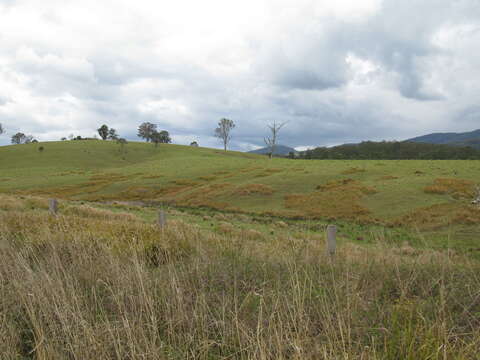Imperata cylindrica habit1 NC (15775430546)

Description:
Summary.mw-parser-output table.commons-file-information-table,.mw-parser-output.fileinfotpl-type-information{border:1px solid #a2a9b1;background-color:#f8f9fa;padding:5px;font-size:95%;border-spacing:2px;box-sizing:border-box;margin:0;width:100%}.mw-parser-output table.commons-file-information-table>tbody>tr,.mw-parser-output.fileinfotpl-type-information>tbody>tr{vertical-align:top}.mw-parser-output table.commons-file-information-table>tbody>tr>td,.mw-parser-output table.commons-file-information-table>tbody>tr>th,.mw-parser-output.fileinfotpl-type-information>tbody>tr>td,.mw-parser-output.fileinfotpl-type-information>tbody>tr>th{padding:4px}.mw-parser-output.fileinfo-paramfield{background:#ccf;text-align:right;padding-right:0.4em;width:15%;font-weight:bold}.mw-parser-output.commons-file-information-table+table.commons-file-information-table,.mw-parser-output.commons-file-information-table+div.commons-file-information-table>table{border-top:0;padding-top:0;margin-top:-8px}@media only screen and (max-width:719px){.mw-parser-output table.commons-file-information-table,.mw-parser-output.commons-file-information-table.fileinfotpl-type-information{border-spacing:0;padding:0;word-break:break-word;width:100%!important}.mw-parser-output.commons-file-information-table>tbody,.mw-parser-output.fileinfotpl-type-information>tbody{display:block}.mw-parser-output.commons-file-information-table>tbody>tr>td,.mw-parser-output.commons-file-information-table>tbody>tr>th,.mw-parser-output.fileinfotpl-type-information>tbody>tr>td,.mw-parser-output.fileinfotpl-type-information>tbody>tr>th{padding:0.2em 0.4em;text-align:left;text-align:start}.mw-parser-output.commons-file-information-table>tbody>tr,.mw-parser-output.fileinfotpl-type-information>tbody>tr{display:flex;flex-direction:column}.mw-parser-output.commons-file-information-table+table.commons-file-information-table,.mw-parser-output.commons-file-information-table+div.commons-file-information-table>table{margin-top:-1px}.mw-parser-output.fileinfo-paramfield{box-sizing:border-box;flex:1 0 100%;width:100%}} Description: Native, warm-season, perennial, leafy grass to 1.2 m tall; with extensive rhizomes and often forming a monoculture. Leaves are coarse, broad and erect, with sharp margins. Found in moist areas on low to moderate fertility soils; mostly in disturbed areas (often that have previously been burnt). It is extremely tolerant of burning and can spread after fire. Native biodiversity. Its abundance is usually an indicator of burning. Regular burning has been widely practised in the past and leads to blady grass dominance and increased fire risk. Feed value is very low unless kept short. Livestock avoid grazing mature plants, leaving obvious tall patches in pastures. Spring burning stimulates growth and can provide a useful green pick, but only for 4-8 weeks. Abundance can be reduced by phosphorus fertiliser and legumes, rotational grazing, regular slashing, attracting stock into patches (with licks, silage, water, etc) to increase trampling damage, or by spraying or ploughing out and sowing other species. However, options may be restricted under the Native Vegetation Act. Date: 25 September 2014, 12:40. Source: Imperata cylindrica habit1 NC. Author: Harry Rose from South West Rocks, Australia.
Included On The Following Pages:
- Life (creatures)
- Cellular (cellular organisms)
- Eukaryota (eukaryotes)
- Archaeplastida (plants)
- Chloroplastida (green plants)
- Streptophyta
- Embryophytes
- Tracheophyta (ferns)
- Spermatophytes (seed plants)
- Angiosperms (Dicotyledons)
- Monocots (Monocotyledons)
- Commelinids
- Poales (grasses)
- Poaceae (true grasses)
- Imperata (satintail)
- Imperata cylindrica (cogongrass)
This image is not featured in any collections.
Source Information
- license
- cc-by-3.0
- copyright
- Harry Rose
- creator
- Harry Rose
- source
- Flickr user ID macleaygrassman
- original
- original media file
- visit source
- partner site
- Wikimedia Commons
- ID


